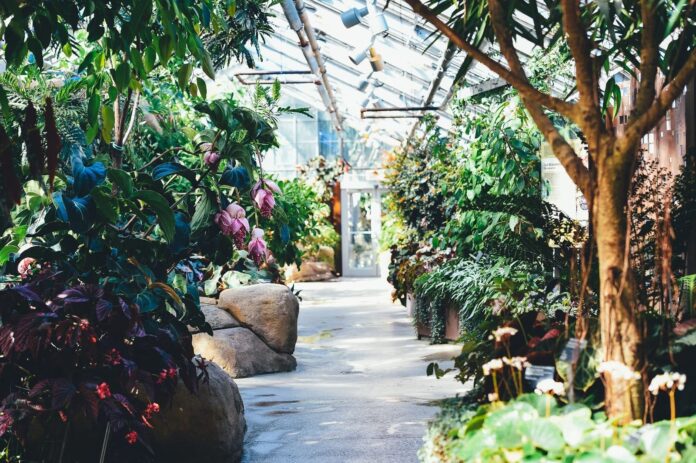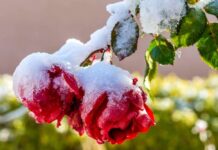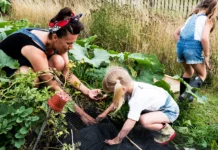Although gardens are naturally installed for planting herbs and flowers, many homeowners are also using them to beautify their outdoor area. They either plant colorful flowers or astonishing plants to make the space look pleasing. But the flowers aren’t the only ones that could give color to the garden. Some are using a variety of stylish and colorful planters as the means for decoration.
Planters are simply containers created to carry plants of different types, but most people use them to make their gardens look attractive because of their unique designs. However, choosing the correct planter is not that easy as many factors need to be considered.
You’re growing plants, so there must be enough room in the planter for the roots to grow. The ideal size would be something that allows your plant to be twice more visible than the pot itself. And though you could quickly grab this item in any store like the Outdoor Art Pros, you must know the details of your chosen planters.
The things that you should find out are the following:
1.Find out the materials used
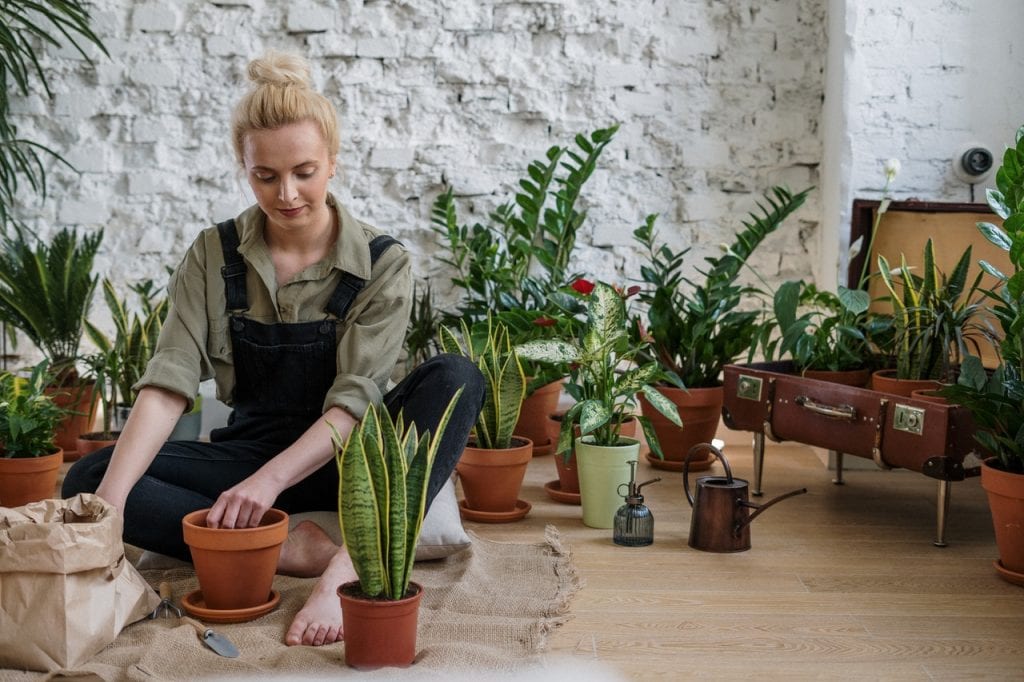
Materials play a massive role in how long your planter could last. Fortunately, there are various kinds of this item to tailor every client’s needs.
If you’d like to go traditionally, a wood planter is suitable. Apart from the fact that they’re cost-efficient, wood planters are also absorbent and resistant to elements compared to their counterparts.
Though wood planters are unique on their own, it’s not preferred for direct planting. Instead, a plastic or metal planter is used for this kind of activity, which you could even hide inside the wood planter.
Due to wood planters’ sponge-like ability, they are generally inclined to get mildewed when not properly cleaned. On the other hand, metal planters and dark-colored ones are more absorbent to heat that could dry out the soil in your plant.
2.Don’t disregard drainage holes
Your choice of planters would depend on your plant’s water needs. Most plants are vulnerable to dying because of over-logged roots. You might want to consider buying planters that come with drainage holes to avoid these incidents in the future.
But what if there are no holes? The answer is simple. Those planters are meant for decorations, such as concealing pots.
3.Keep up with the seasons
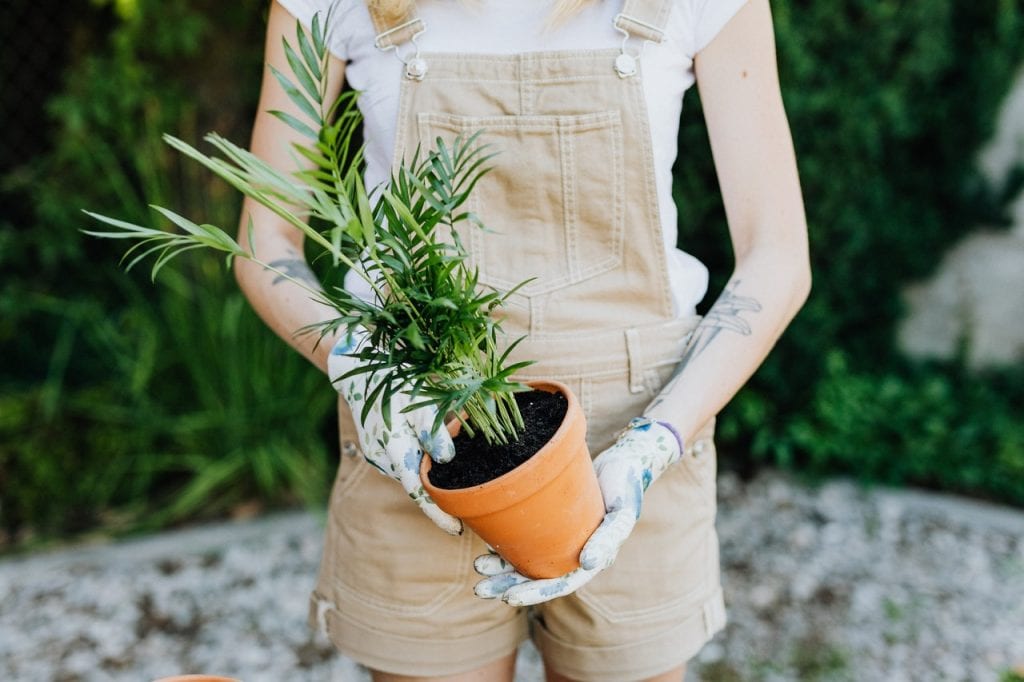
Having outdoor planters leads to several troubles; luckily, you could prevent this from happening.
As if they’re not already fantastic, wood planters can also withstand the seasons for the whole year. Yet if you’d like to spice up things a bit, cement or stone planters can stand against the elements outdoors.
Now, if you have terracotta or ceramic planters, it’ll be a wise move to take them inside during winter, where they have the risk of cracking, and bring them back outdoors once summer has knocked on your door.
4.Be careful in picking the colors
Though it may seem odd, colors do affect the growth of your plants. So, you must be cautious in choosing the variant of color for your planters.
Several academic studies revealed that darker colors, mainly black, are prone to heating the soil more when they tested bush beans’ heat resistance in black, silver, and white planters.
They have discovered a significantly lower root mass in the black planter than the white ones. And so, they’ve concluded that heat-sensitive plants are more likely to strive when contained in light-colored planters.
Although the choice of color for your planter is not a mandatory step, it’s still best that you consider this idea for your home garden if you own any heat-sensitive plants and would like to maximize their growth.
It’s also vital that you keep this in mind if you’re planning on leaving your plants outdoors, even during hot weather. Please take it as a precautionary step to avoid the unintentional death of your beloved plants.
5. Design should correlate with the motif of your outdoor area
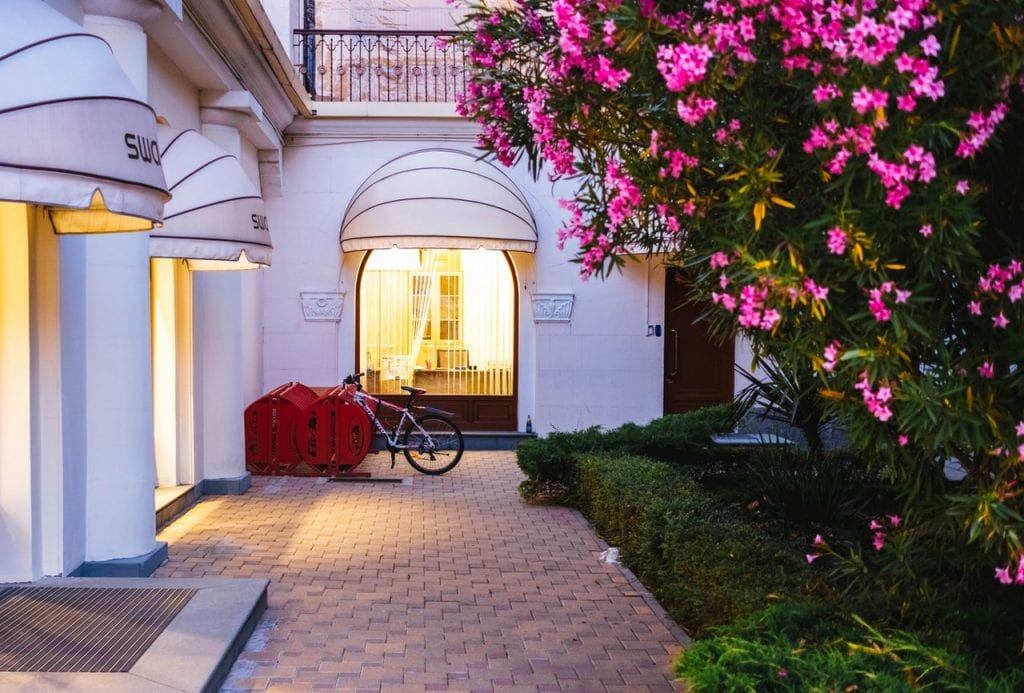
The first thing you should consider in choosing the right planters for your garden is its style and design. As stated above, planters come in a variety of styles. Therefore you should select a planter that would fit in with the theme of your backyard.
For example, you incorporated a vintage theme in your outdoor area, so you must also choose a planter that gives a vintage vibe, such as the tall vendange planter garden or the barn board trough planter. If you chose elegance as your motif, you could choose from the different kinds of ceramic planters, such as the tall Ipanema planter or the Talavera jar.
Your planters would seem out of place if you did not match the design with your backyard’s theme. Hence you should choose the right design for your planter.
6.Pick only one color
Although having colorful flowers in your garden will make it look attractive, it would be displeasing to watch if you match it with colorful planters. Therefore in choosing the appropriate planters for your garden, you should consider 1 or 2 colors for your planters. But avoid choosing dark colors as mentioned above.
You can choose those vibrant colors such as blue, green, or red. If you really want to have a colorful garden using your planters, you can follow this suggestion. Try to organize the colors of your planters by column. You can either have green planters in the first column, red planters in the second column, and so on.
7.Consider your budget

A beautifully made planter is a bit pricey, so make sure that you consider your budget first before buying the set of planters you want. Planters, especially the large ones, vary from $70 – $200 each.
If you plan to buy at least 4 large planters for your garden, your total bill would be more or less $500. If you plan to buy those small planters for each of your plants, bear in mind that each of them costs more than $20, so if you buy 12 planters, your total payment would be around $240.
Have a budget plan first, and then consider choosing the right planter for your garden.
There are many more things that need to be considered in choosing the right planters for your garden. But rest assured that if you follow these tips listed above, you can already determine the suitable planters for your garden.

